TURBACO
Department
Bolívar Department, Colombia
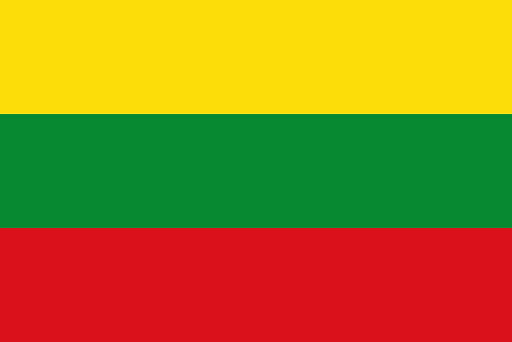
Flag of the Department of Bolívar
Flag of the city
The flag of the Municipality of Turbaco is composed of two colors: Red and Green. At the same time, in the center of it there is a circle with a landscape that demonstrates the city geography.
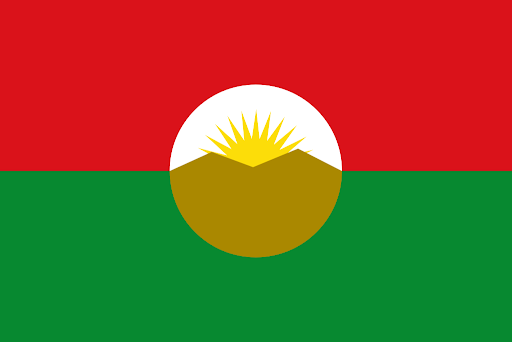

Slogan of the city
The city does not have a specific slogan. However, it is referred to as “Los Tira Piedra”. Translated to English, it means “The Stone Throwers.” Nicknames for cities or towns often carry historical, cultural, or local significance, and they can sometimes be rooted in folklore, traditions, or specific events. The nickname “Los Tira Piedra” could have various interpretations, ranging from a playful reference to a historical event involving stone throwing to a symbol of resilience or strength.
History
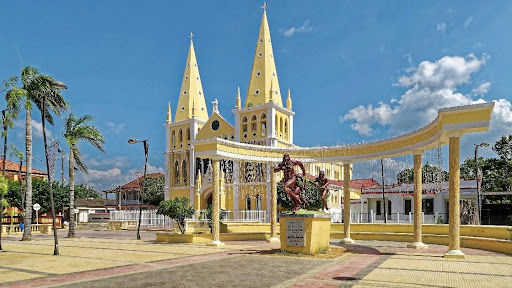
Turbaco unfolds a compelling history marked by significant events and cultural vibrancy. Approximately 20 kilometers southeast of Cartagena de Indias, this municipality stands out as one of Bolívar’s most organized. The early colonial encounters in Turbaco hold a place in history, notably with the mortal wounding of explorer Juan de la Cosa in 1510. A pivotal turn came in 1533 when Pedro de Heredia asserted Spanish control over the region. Turbaco’s cultural tapestry is adorned with the lively “Fiesta de Toros” (Bulls’ Feast), an annual celebration in December that adds vibrancy to the municipality and serves as a festive transition to the New Year. In the present, Turbaco is embracing change and progress with major expansion plans and remodeling initiatives. This commitment to growth reflects a vision for a revitalized urban landscape and enhanced infrastructure. Notable among its historical visitors is Antonio López de Santa Anna, the Mexican general and politician who sought refuge in Turbaco during his exile. His presence during the mid-19th century adds an extra layer to the municipality’s historical narrative. Turbaco, with its roots intertwining exploration, colonial influences, and cultural celebrations, continues to evolve. The ongoing efforts for expansion and renewal signal a municipality that not only cherishes its past but looks forward to a dynamic and promising future.
Geography of the city
Turbaco embraces a geographical setting defined by specific coordinates—approximately 10°19’N latitude and 75°26’W longitude. This strategic location places the municipality within a distinct point on the Earth’s surface. Covering a vast expanse, Turbaco’s total area spans 202 square kilometers, incorporating both the municipality and the town. Within this territorial breadth, the urban landscape unfolds across 13.92 square kilometers, showcasing the developed and densely populated regions that contribute to the municipality’s dynamic character. The town of Turbaco stands at an elevation of 128 meters above sea level, adding a topographical dimension to its geographical profile. This elevation not only shapes the local landscape but also influences weather patterns, contributing to the town’s unique climatic conditions.
As of the 2018 census, Turbaco boasted a total population of 105,166 residents, reflecting the collective demographic makeup of both the municipality and the town. The population density for the entire municipality is measured at 520 individuals per square kilometer, indicating the spatial distribution of residents across the broader area. In the urban enclaves, where the pulse of daily life beats more vigorously, Turbaco accommodates 97,294 residents within 13.92 square kilometers, resulting in a notable urban density of 7,000 individuals per square kilometer. These geographical and demographic facets collectively paint a picture of Turbaco’s physical dimensions, from its expansive territorial reach to the bustling urban centers, offering a glimpse into the spatial and demographic intricacies that define this Colombian municipality.

Population
Municipality and town – 105,166 (2018 census)
Urban – 97,294 (2018 census)
One photo representative of the city
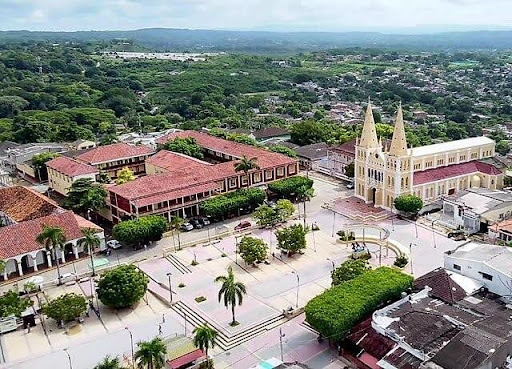
Etymology
The etymology of the name “Turbaco” is not widely documented in readily available sources. The origins and meaning of the name may be rooted in indigenous languages, historical events, or cultural significance specific to the region.
What the city is known or famous for
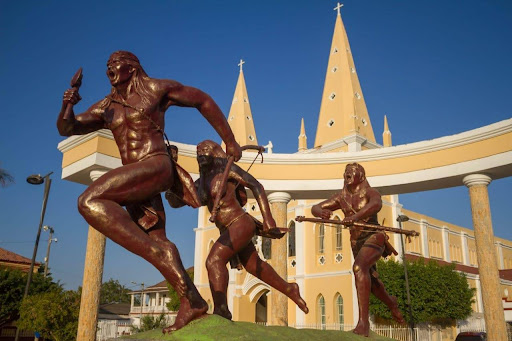
Turbaco is renowned for hosting the vibrant “Fiesta de Toros” in December. This cultural celebration, centered around bulls, marks the transition to the new year. The event likely features traditional festivities, music, and the spectacle of bull-related activities, contributing to the municipality’s cultural vibrancy. The town holds historical significance as the place where Juan de la Cosa, a notable explorer, was mortally wounded in 1510. This event adds a layer of historical intrigue to Turbaco’s narrative. During the mid-19th century, Turbaco served as a haven for Antonio López de Santa Anna, the exiled Mexican general and politician. His presence in Turbaco during the years 1850–1853 and 1855–1857 adds an element of historical interest to the town. Turbaco is presently undergoing significant expansion plans and remodeling initiatives. This reflects the municipality’s commitment to growth, development, and modernization, showcasing a forward-looking approach.
